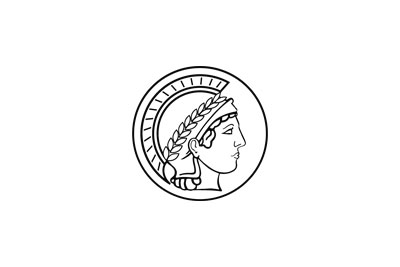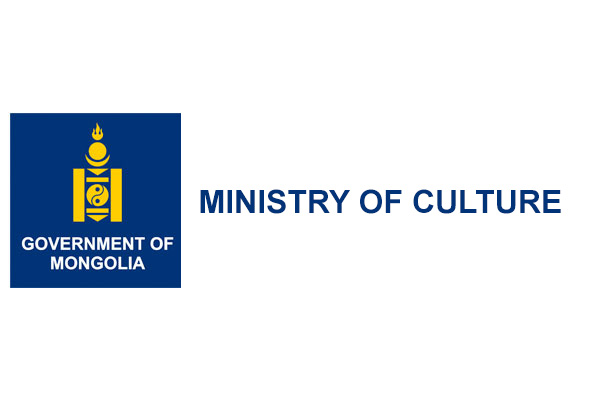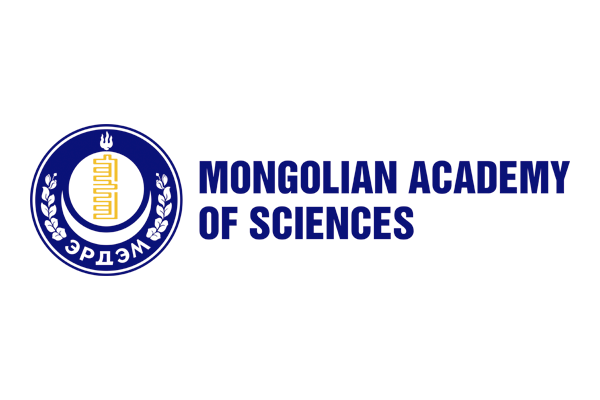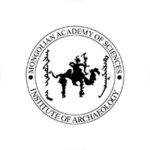The MAPSS research group consists of a multinational team and is housed in the Max Planck Institute of Geoanthropology’s Department of Archaeology.
The project partners with the Mongolian Ministry of Culture, the Mongolian National Centre for Cultural Heritage, and the Mongolian Academy of Sciences/Institute of Archaeology.
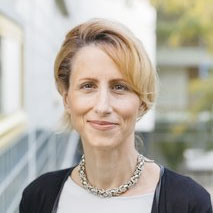
Prof. Nicole Boivin
Principal Investigator
Nicole Boivin leads the MAPSS project as Principal Investigator, directing its research agendas and overall progress toward developing an interactive database of Mongolian archaeological heritage. Her archaeological research is multi-disciplinary, and cross-cuts the traditional divide between the natural sciences and humanities. She has undertaken pioneering research in Asia and Africa, exploring a broad range of issues through field, laboratory, and theoretical applications – from human dispersals out of Africa in the Late Pleistocene, to the later emergence of long-distance trade and connectivity in the Indian Ocean. She is interested in human history over the long-term, and the broad patterns of migration, interaction and environmental manipulation that have shaped the human story. At the Max Planck Institute for Geoanthropology, her work seeks to explore the entanglement of biological, cultural, and ecological processes from prehistory to the present.
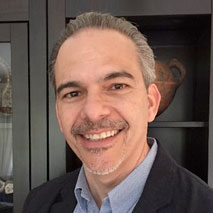
Prof. Michael Petraglia
Co-Investigator
Michael Petraglia is Director of the Australian Research Centre for Human Evolution at Griffith University in Brisbane, Australia, and helps lead the MAPSS project. He is well known for leading and implementing large-scale interdisciplinary archaeological projects in Eastern Africa, the US, and Asia. He is a strong advocate of an interdisciplinary approach in archaeology and human evolutionary studies. His work has involved partnerships with numerous national organisations across the globe and collaborations with dozens of scholars, including earth scientists, climate scientists, geologists, geographers, palaeontologists, biological anthropologists, and geneticists. His research has involved a broad range of subjects concerning human evolution, including the evolution of cognition, the evolution of behaviour, and the relationship between climate change and hominin dispersals. He is best known for his archaeological research on hominin migrations across Asia, the effect of the Toba volcanic super-eruption on human communities, and the question of how environmental variability shaped hominin populations in Arabia over the last million years.
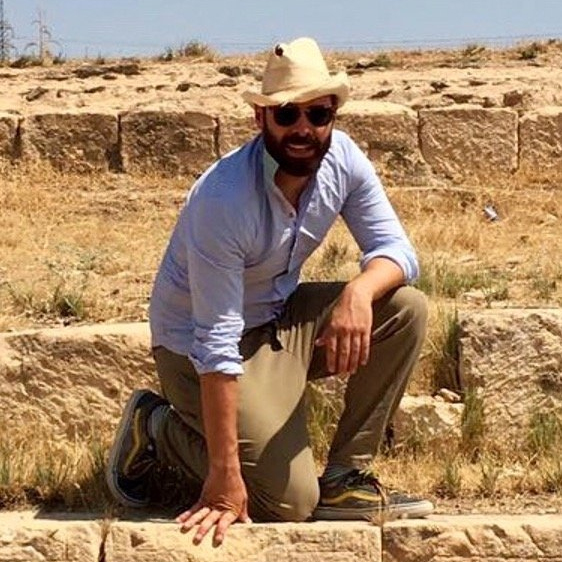
Michael Fisher
Group Leader in Digital Archaeology
Mike’s work applies digital methodologies to archaeological fieldwork and cultural heritage preservation in locales such as Syria, KRG (Iraq), Afghanistan, and Mongolia. His research focuses on the development and economies of complex sociopolitical formations in the Neolithic, Chalcolithic, and Bronze Ages in Western and Central Asia.
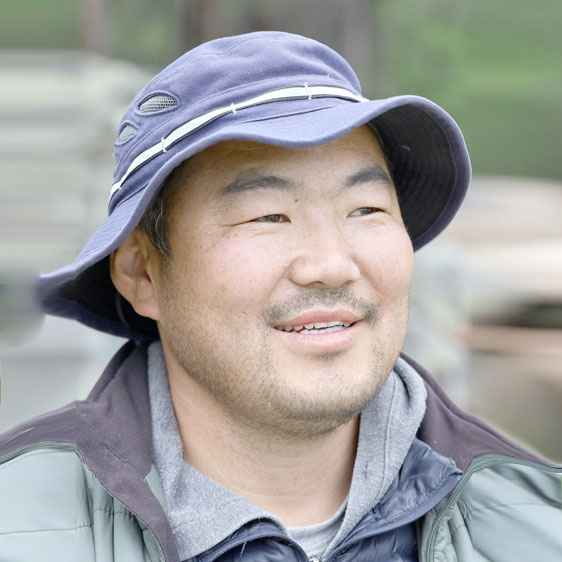
Bayarsaikhan Jamsranjav
Archaeological Coordinator
Bayaraa has excavated and surveyed numerous sites across Mongolia. He specializes in understanding Bronze Age cultures, pastoral societies, and monumental archaeology in Mongolia. In particular, his work explores the origins, chronology, and significance of ancient ritual practices and stone carvings from the Deer Stone culture – and their implications for continental Eurasia. His research has explored early animal domestication, Bronze Age and Early Iron Age subsistence, and the material culture of complex steppe polities like the Xiongnu and Mongol Empires.

Amina Jambajantsan
Data Analyst
As a trained drone pilot, Mina has surveyed numerous archaeological sites in Mongolia, including Khitan settlements, Xiongu burial grounds, and khirigsuurs. As a Data Scientist, her main interest is in Artificial Intelligence and Computer Vision. She specialises in Object Detection, Image Recognition, and use of Convolutional Neural Networks, having developed Machine Learning models for automated site detection.
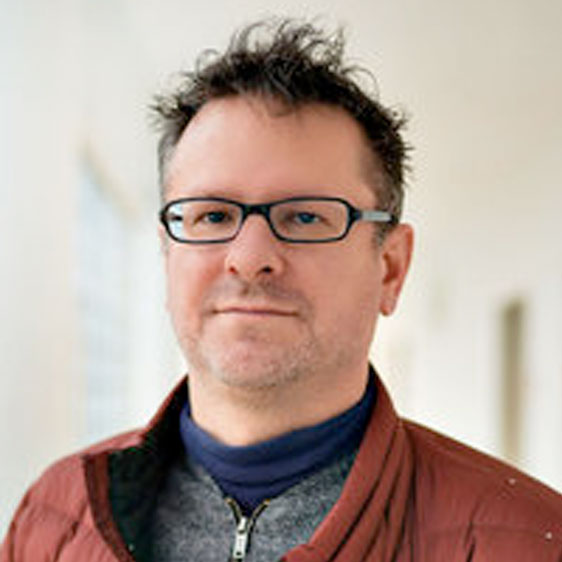
Dovydas Jurkenas
Data Analyst
Dovydas is a qualified specialist for GIS applications and has led excavations across Germany, focusing on the Central and Eastern European Neolithic and Bronze Age periods. His general interests include data storage management, settlement archaeology, prehistoric landscapes, and GIS-based remote sensing.

